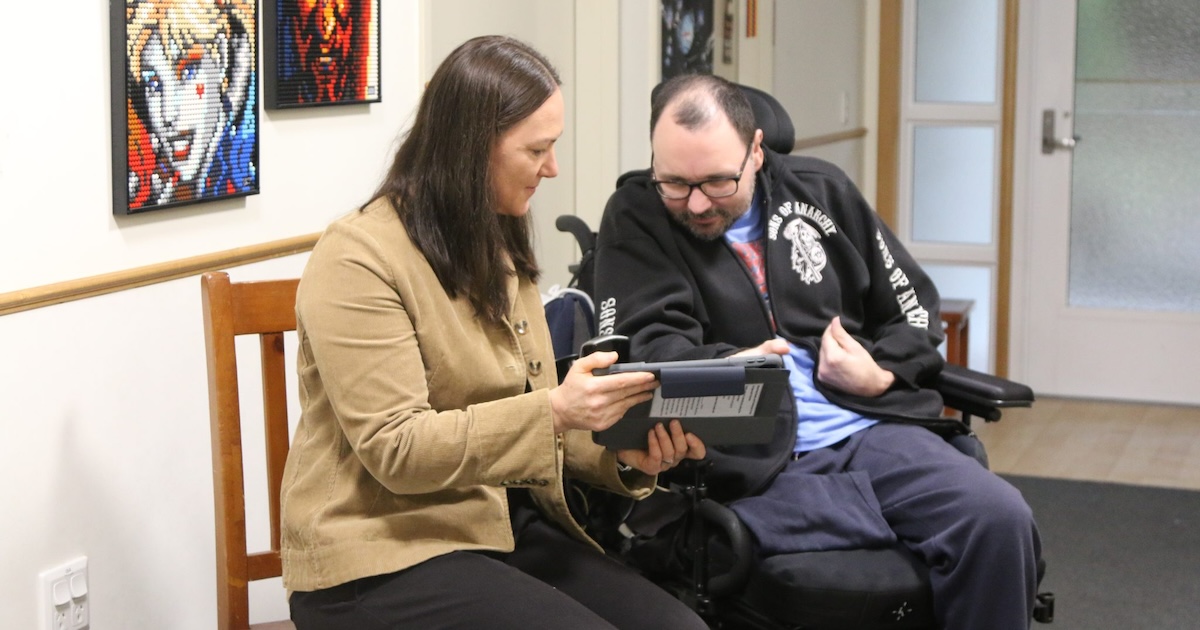In the first episode of HIMSS Australia Digital Dialogue Series hosted by Tim Kelsey, Senior Vice President, HIMSS Analytics International, guest speakers Prof Peter Sprivulis, Chief Clinical Information Officer, Western Australian Department of Health Service, Adj. A/Prof Learne Durrington, Chief Executive Officer, Western Australian Primary Health Alliance, Giles Nunis, Partner, Deloitte Consulting Pty Ltd and Paul Lancaster Alliance Manager, Commvault discussed Western Australia (WA)’s rapid acceleration towards digital health due to the COVID-19 pandemic, and early steps in the WA Health Digital Strategy 2020-2030.
KEY LESSONS LEARNT IN DIGITAL HEALTH FROM COVID-19 PANDEMIC
“At one level, what (COVID-19) has provided us is a rapid accelerator of our digital strategy. If you look at the important elements of our digital strategy, two of the three principal drivers of the strategy is to improve customer relationship management and increase adoption of telehealth,” said Prof Sprivulis.
“What we have seen in terms of our contact tracing solution in Australia, is that contract tracing is really the ‘pointy end’ of customer relationship management when it comes to COVID-19. We went through a very rapid process of implementing a Salesforce-based solution for our contact tracing, which has been quite successful, allowing us to keep tabs on those not only in quarantine, but those who were self-isolating and following up with other contacts to help contain the spread in the community,” he added.
Given the large geographical size of WA, COVID-19 saw a very rapid adoption of virtual methods of consultation of WA’s hospital-based outpatient clinics. Rates that were previously in low 10 to 15% rapid moved to the 60 to 80% across a range of clinics and hospitals.
Echoing what Prof Sprivulis said, Adj. A/Prof Durrington summed it up in the phrase, “We had ten years of reforms in ten days.” She said that it not only changed about what clinicians thought might be possible using telehealth, it changed the consumer-patient view.
“The patient expectation will now also be a driver, so we’ll see a push-pull, rather than a pull-push. General practice and allied health services also rapidly moved to a range of clinical interventions of video and phone. I think the invaluable piece is that we learnt quite a lot of what we do sustain this going forward but the change in practice was dramatic across the continuum of care,” she said.
Nunis noted that while there were a lots of positives and quick adoption of virtual methods of care, it has also highlighted the gap areas, such as the vulnerable who may not have access to technology and may not be able to use virtual capabilities beyond their phones. COVID-19 has also shifted the focus away from a clinical setting to a consumer, data driven setting.
Lancaster observed that with a lot of digital projects being fast tracked, comes with challenges related to patient identity alignment issues and ensuring that data is kept safe and secure.
“Healthcare spending from a data management perspective is definitely on the increase, particularly where the diagnostics and the monitoring of the data and using the data for more analytics for business,” he added.
THE TRAJECTORY OF THE WA HEALTH DIGITAL STRATEGY 2020-2030
The WA Health Digital Strategy 2020–2030 sets a vision of how digital innovation and technology will transform health services and the way they will be delivered to the people of Western Australia in the next decade.
Prof Sprivulis explained that WA has fairly complex health system – the private sector is mostly funded by the federal government which supports private hospitals and specialist services, allied health and GPs. The state-funded sector offers most of the acute services and range of community services such as child health, mental health, aboriginal health services and rural/remote health services.
“These two methods of funding make for some challenges in terms of pursuing of our digital health strategy.”
The key outcomes that he expects to see over the next 10 years are ongoing adoption and spread of telehealth as a means of efficiently providing care to WA’s population, as well as improve customer engagement and empower them to be more involved in their care.
An important third component is the decentralization of services as part of the digital strategy, away from the large expensive hospitals with a greater focus on disease management in the community, and the digital tools to support that.
“The landscape for those digital tools is still fairly immature, and in Australia we don’t have terrific interoperability between GP desk tops and hospital-based systems. With the emergence of My Health Record, we’re seeing greater adoption of standards for the sharing of information.
But a significant challenge we will have in implementing this decentralization is how do we overcome some of the financial barriers and come up with a funding model that’s shared between state and federal, that perhaps allows us to move some of our outpatient work from our hospitals, and make better use of services that are closer to an individual’s home, be it involving a GP, private specialist or allied health practitioner,” commented Prof Sprivulis.
He noted that clinicians know at an emotional, intellectual level the need to move towards digital, but they may not want to do it at a practical level if it brings about inconvenience.
Click here to register for the next episode (Queensland) of the HIMSS Australia Digital Dialogue Series.
